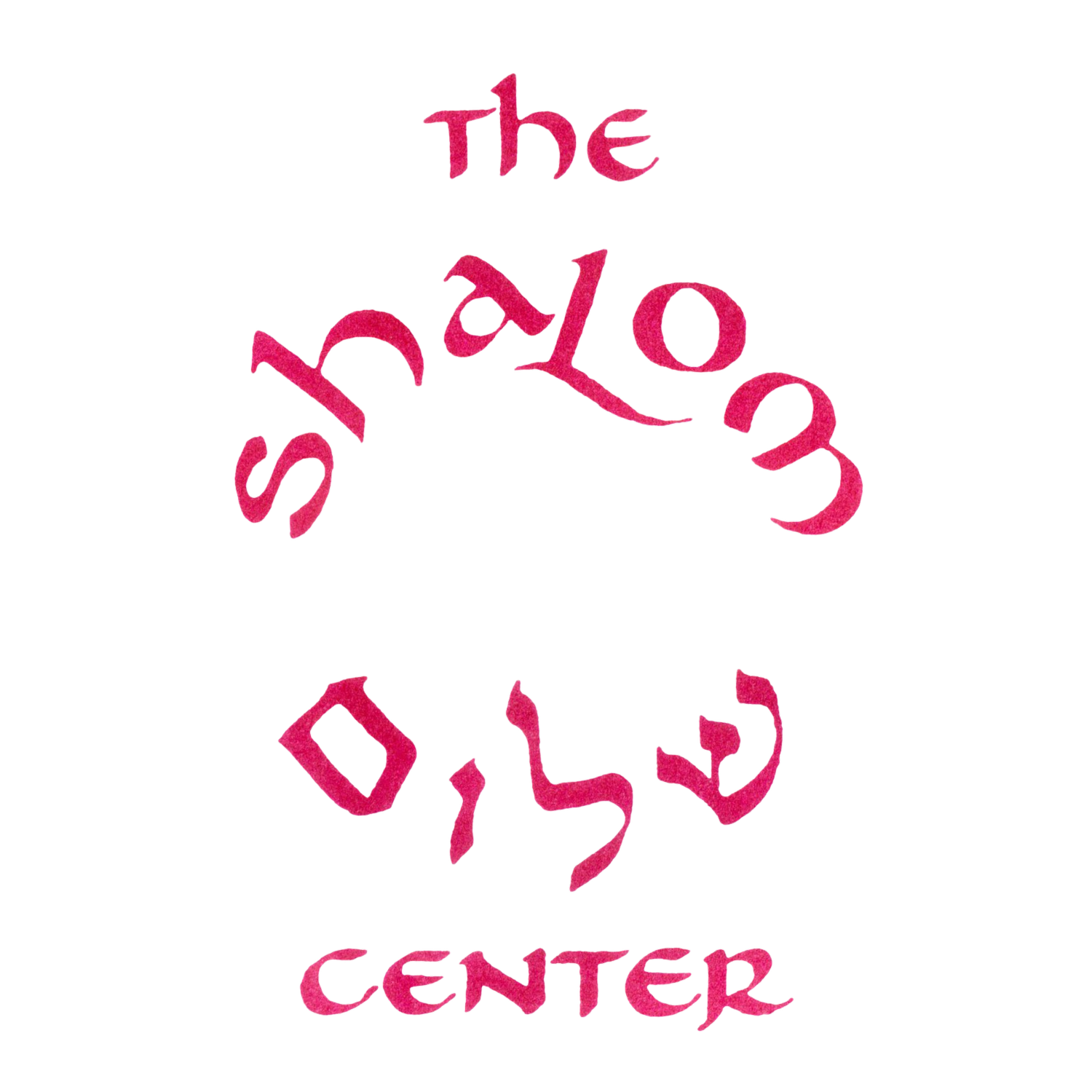Can Americans and the Israeli Resistance Learn from Each Other?
by Rabbi Arthur Waskow
On July 26, the Shalom Center Board took up the question of whether we wished to make a statement about the present political crisis and the longer-range future in Israel and Palestine. Four possible choices, including “No statement,” were put before the Board. and Board members were invited to propose other formulations. The Board adopted two statements:
The Shalom Center opposes any weakening of the Israeli judiciary as an attack on democracy.
The Shalom Center believes the Occupation and settler attacks on Palestinians are profoundly connected with attacks on Israel’s own democracy, and believes that there cannot long be democracy for either of our interwined peoples unless there is democracy for both.
— AW, ed.
Dear friends,
Israel and the United States have been living through crises of democracy that have uncanny similarities.
Yet the efforts to defend democracy in the two countries have been markedly different.
In Israel, the most notable elements of the Resistance have been its numbers — about 900,00 out of a total Israeli population of nine million, 10% of the country; its length — eight months since January 7, and still counting; and its variety — not only conventional rallies at the Knesset and jamming of the highway between Tel Aviv and Jerusalem but unexpected steps like doctors striking, Army officers refusing to show up for required training, civilians transferring their bank accounts overseas, and many more.
Could American defenders of democracy learn from these powerful elements of the Israeli Resistance? The numbers would be hardest. Ten percent of Americans would mean 33 million people. Hard as it is to mobilize 10% of any country’s population to protest in the streets, Ii is far easier in a small country than in a continental spread.
At absolute best, Americans have brought 1% of the population into the streets.
There were three efforts during the anti-democratic Trump administration: one million women in Washington the day after Trump’s inauguration; perhaps another million demonstrators scattered around the country in space and time. They were opposing Trump’s attacks on Muslim and Latino immigrants. Another two or three scattered millions protested racism after the police murder of George Floyd. These were probably the biggest in American history, all to protect and extend American democracy.
The lesson might be to focus on a strategic metropolitan area — New York, Greater Washington DC, Boston, Philadelphia, Chicago. Or perhaps 2% of Americans — six million — would be enough to shake a flaccid or hostile government.
What could the Israeli Resistance learn from American practice? So far, most of the Jewish demonstrators in Israel — but not all — have ignored what was and is the root of the government’s behavior: denial of democracy to the neighboring and deeply intertwined Palestinian people. That denial of democracy has been carried out by formal military Occupation; by actions of Israeli courts authorizing or failing to prevent take-overs of Palestinian homes and orchards by Israeli settlers; and by pogrom-like attacks on Palestinians by Israeli settlers in the West Bank.
What began as attacks on “the consent of the governed” when “the governed” were Palestinians and Israeli citizens of Palestinian culture and lineage, slowly and then more swiftly became attacks on democracy for Israeli Jews — presumably the privileged community.
In recent American history, the most anti-democracy policies began anew in the Trump administration against communities that had long been treated as outsiders to the “real” American people — even if they were legally citizens or entitled to lawful entry: Blacks, brown-skinned refugees, Muslims.
But when large numbers of the “protected“ people protested these attacks, the anti-democracy government turned on the press, women’s rights, the “deep state” of governmental institutions like the FBI and CIA. Ultimately even the electoral system was accused of being fraudulent, even though, or because, it had long been the pride of American “democracy” when it was the instrument of a protected white electorate.
So what began as attacks on various groups that some had previously defined at “outsiders” to American democracy became attacks on the key processes of American democracy for those long considered “inside” the democratic society.
That may be one learning that Americans could communicate to the Israeli Resistance: No government can use force and violence to deny and try to destroy “the consent of the governed” for an “outsider” peoplehood (like Blacks or Palestinians) without coming to turn the violence against democracy — the consent of the governed — for “their own” people — that is, white male Christians in America, Jews in Israel.
One more wisdom the Israeli Resistance could teach Americans: a big, long-lasting, and creative nonviolent movement can change the dynamics of the official electoral system. Even though in the election of 2022 the Israeli right won a clear electoral victory, by August 2023 polls showed the balance had shifted: a majority of Israelis opposed anti-democratic gutting of the independent judiciary.
Could this kind of activist dialogue between the two peoples matter? If it spurred a much more united, focused, creative, and perseverant American Resistance, Yes! If it spurred the Israeli Resistance to open its minds, hearts, and bodies to the needs and nonviolent actions of the Palestinians, Yes!
With blessings of shalom
— Arthur

